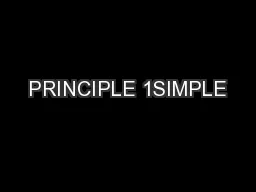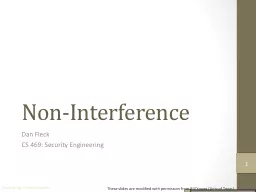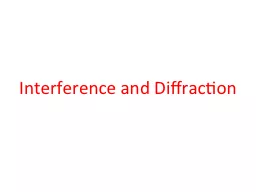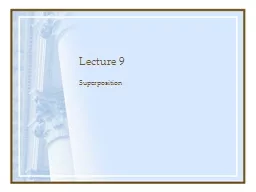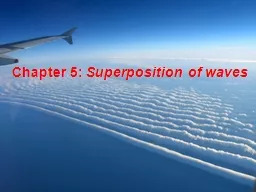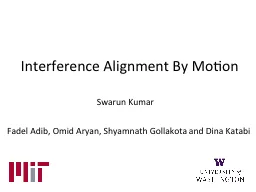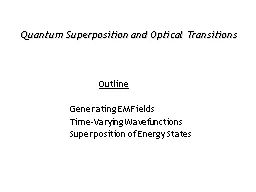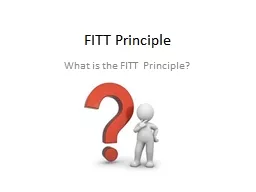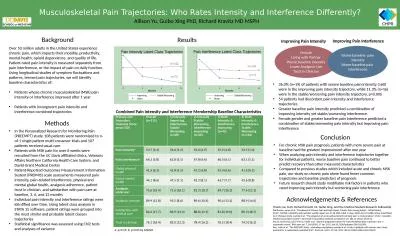PPT-The Principle of Linear Superposition and Interference Phenomena
Author : yoshiko-marsland | Published Date : 2018-02-26
CHAPTER 17 Interference Constructive and Destructive Interference BEATS Standing Waves TransverseStringed Instruments and LongitudinalWind Instruments Diffraction
Presentation Embed Code
Download Presentation
Download Presentation The PPT/PDF document "The Principle of Linear Superposition an..." is the property of its rightful owner. Permission is granted to download and print the materials on this website for personal, non-commercial use only, and to display it on your personal computer provided you do not modify the materials and that you retain all copyright notices contained in the materials. By downloading content from our website, you accept the terms of this agreement.
The Principle of Linear Superposition and Interference Phenomena: Transcript
Download Rules Of Document
"The Principle of Linear Superposition and Interference Phenomena"The content belongs to its owner. You may download and print it for personal use, without modification, and keep all copyright notices. By downloading, you agree to these terms.
Related Documents


